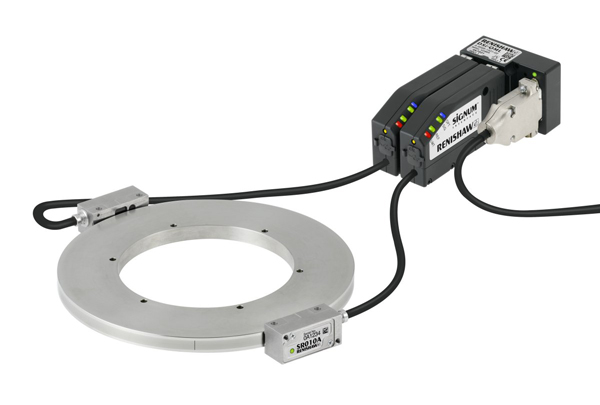Angle encoders or rotary angle encoders as they are sometimes known, are electromechanical devices that are used to track motion information and digital position by tracking the turning of motor shafts. They are generally used on motors that are used with drives and any automated machinery which you can usually find in elevators, electronics, and in industrial machines and robotics. Depending on what kind of machinery an angle encoder is used with, there are usually one of two option available to you – an angle encoder with an integral bearing or and angle encoder without integral bearing. An angle encoder with integral bearing will not only provide excellent performance but it will also absorb the torque caused by friction and maximize torque.
When applying this technology you need to look for three things:
- how well it measures the positions,
- accuracy,
- repeatability.

You need to know that not all angle encoders measure the same way and are not made the same. If a machine needs to measure a distance of 25-in leadscrew in 0.0025cm then it will need an angle encoder that can resolute 25,000 points. Although when generally speaking of measuring and resolution it is usually defined in bits, a 12-bit encoder refers to the binary number 212, so a 12-bit encoder has the resolution of 4,069 points.
The next point is accuracy and it is dependent on whole system interactions with the application which you can read via the encoding disc. You can tell accuracy by the deviation between the actual position and the theoretical position. A good rotary angle encoder is accurate enough to stay within half a count. Repeatability is another important factor when it comes to rotary angle encoders and it is the encoder’s ability to read the same point each time the shaft is in the same position. It has nothing to do with accuracy, but it is an important part of angle encoders.
There are many different types of encoders. The first we’ll touch on, are rotary optical encoders which are usually split into two different types – incremental and absolute. Incremental encoders are named after their output which consists of two square waves which each corresponds to the increment of rotation. Absolute encoders have multiple detectors and a disc with many unique tracks. This disc produces gray code output meaning that the most error possible can be 0.5 bits and the information is available even when it is shut off.
The next encoder is the multiturn optical encoder which takes tracking even further. This kind of encoder combines the output of the discs, it has to count everything in total. There is also a great deal of different encoders that work in different ways – encoders with multiple gears, from magnetic and electronic and so on. You should choose one according to your machinery and your needs.
Make sure when specifying encoder resolution that you take error analysis under consideration as well. A good trick or formula to ensure optimal performance is to choose an encoder that will read two to four times better resolution than that of the machines maximum error source. Every machine is different so it’s important to consider different encoders for each piece of equipment you may be using. Any angle encoders you may have set up should have their own power source and cables not to get confused with cables from other machines. There are also covers you can buy to ensure the safety of these cables.
You can find all different sorts of angle encoders in factory warehouses that produce such parts; you
can also search and compare prices and models online to find which ones are best suited to your needs.
























